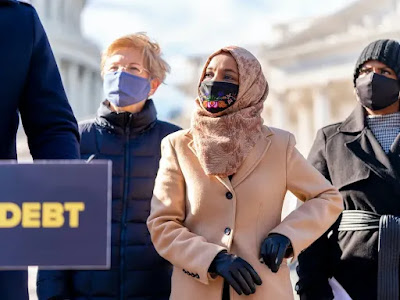In March 2020, the U.S. Department of Education allowed 37 million student-loan borrowers to pause their monthly loan payments due to the COVID pandemic. DOE extended the payment moratorium several times, allowing all these college borrowers to skip making payments for two years without accruing interest or penalties.
This moratorium gave student debtors much-needed relief during the corona crisis. According to the Wall Street Journal, borrowers saved almost $200 billion due to DOE's debt holiday.
But that debt-payment moratorium ends in May unless President Biden extends it. Will all borrowers be financially able to begin making payments again?
Probably not. The Federal Reserve Bank of New York recently analyzed repayment data from three student-loan programs, including two programs that did not allow student borrowers to skip payments during the pandemic. It concluded that the default rate for FFEL loans (the program that allowed borrowers to miss payments) will go up when all those 37 million borrowers are required to start making monthly loan payments again in May.
According to some insiders, President Biden is likely to extend the student-loan payment moratorium yet again, perhaps until after the 2022 midterm elections. Would that be a good thing?
In some ways, yes. The two-year break from making monthly loan payments gave millions of Americans much-needed financial relief. Some probably took advantage of the payment holiday to continue paying down their loans while interest wasn't accruing.
But I think there may be a downside to DOE's pause on collecting student loans. People have gotten used to having extra money in their pockets, and it will be hard for them to begin writing those monthly checks again.
In some ways, the debt moratorium is like that loan from your brother-in-law. If he doesn't set a firm deadline for getting his money back, you are less inclined to repay the debt. Maybe your brother-in-law will forget all about it.
It would be lovely if the federal government forgave all federal student loans, a scenario millions of student debtors devoutly wish for.
But it will be difficult for our government to write off $1.8 trillion in student debt when that debt makes up about a quarter of all federal assets.
It is easier for everyone to treat the federal student loan program like a brother-in-law loan. Hey, no hurry about paying it back.
 |
| Hey, brother-in-law: About that money you loaned me . . . . |





